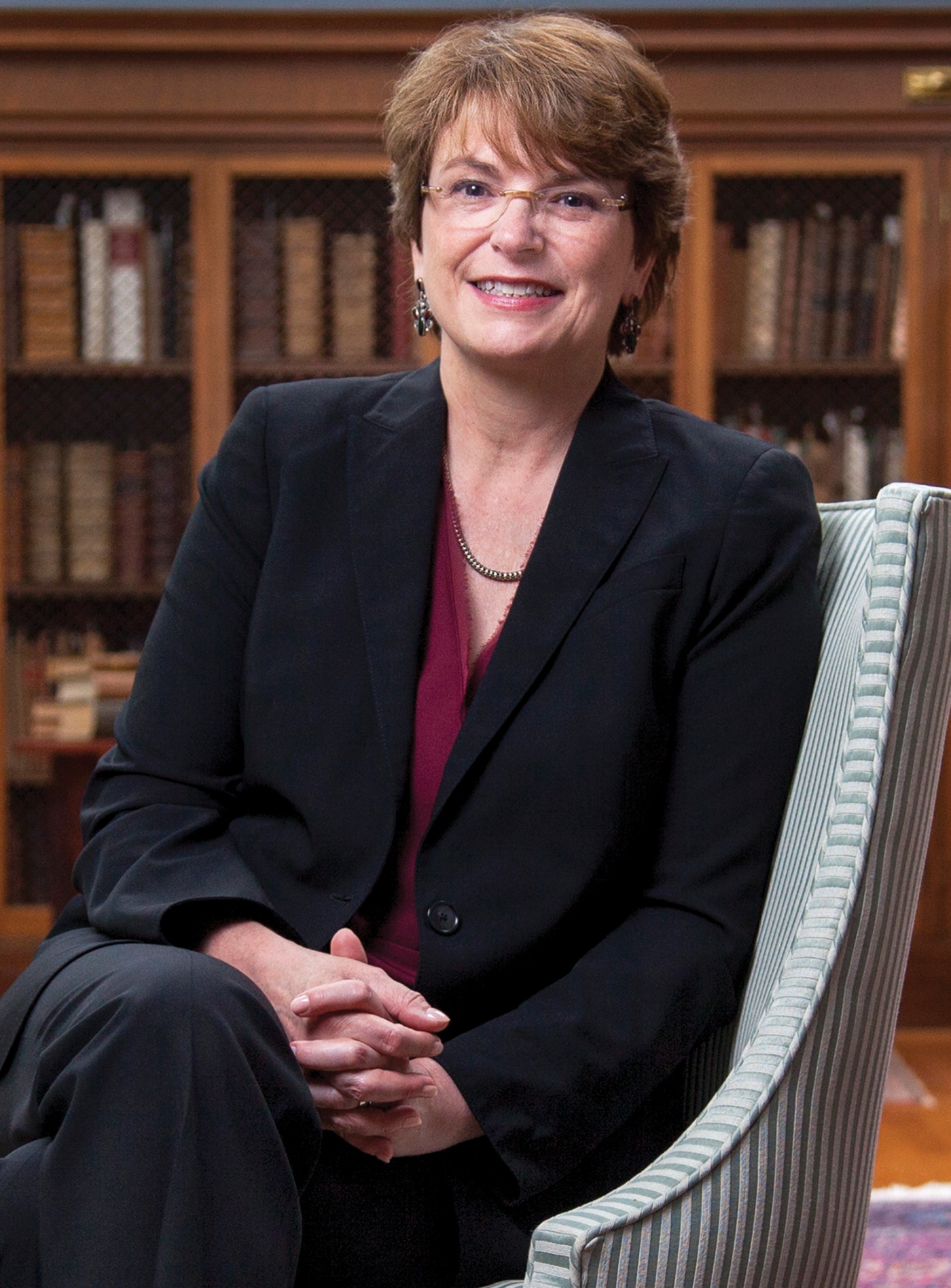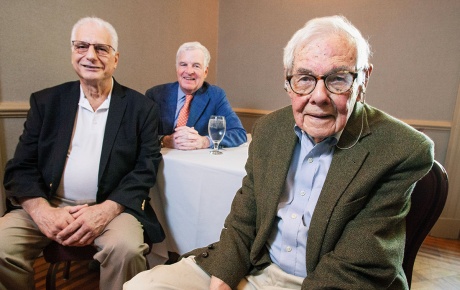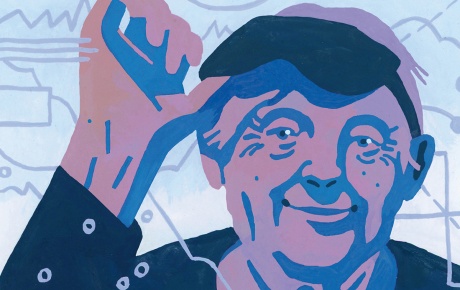Over the summer, I host informal conversations (over coffee and cookies) with Undergraduate Teaching and Research Award (UTRA) program recipients. I first met Chibuikem (Chib) Nwizu ’17 at one of these gatherings. At the time, Chib was in Brown’s highly selective Program in Liberal Medical Education, which guarantees students a spot in Brown’s medical school at the same time they are admitted to Brown as undergraduates.
A concentrator in applied math and biology, Chib was spending his summer working with a faculty member on research that aimed to develop novel strategies to control drug-resistant strains of malaria.
Four years later, he’s now a student in the Warren Alpert Physician-Scientist MD/PhD and Advanced Training Program at Brown. Chib’s research focus is bridging artificial intelligence and stem cell biology in a bid to improve cell-level diagnostic capabilities for cancer patients.
Working with an oncology team, he learned ‘wet lab’ techniques for isolating stem cells. With a mentor in computational science, he is exploring how machine learning may enable computers to discern, via a blood scan, cells that are turning cancerous.
Chib’s work reflects the collaborative, cross-disciplinary learning culture he came to appreciate as a Brown undergraduate. It also demonstrates the intellectual ambitions behind the revitalized MD/PhD program.
Launched in the 1980s, the program produced alumni who went on to successful careers in biomedical research, including the current director, Dr. Jake Kurtis ’89, ’95 PhD, ’96 MD. The program was suspended for a time but, in 2017, it was relaunched as a centerpiece of Brown’s commitment to translational science—the translation of basic science discoveries into innovations in patient care.
When Dean of Medicine and Biological Sciences Jack Elias came to Brown to lead the Warren Alpert Medical School, he developed a strategic plan that would position the school as a leader in translational science. A robust MD/PhD program would serve as a cornerstone of this plan.
Dean Elias’s vision garnered new support from The Warren Alpert Foundation. Beginning this fall, the program will cover all four years of medical tuition for MD/PhD students, putting it on par with the leading MD/PhD programs in the U.S. and enhancing Brown’s ability to attract exceptional students.
A recent article in Wired magazine, “Why Your Doctor Should Also Be a Scientist,” notes that the physician-scientist is an “endangered species” in the U.S. Between 2003 and 2012, their ranks shrank by six percent. On average, only 600 students per year, of 20,000 total MD students, are trained across 25-odd MD/PhD programs.
But physician-scientists are vital. They are adept at translating laboratory findings to patient care. And their clinical experience helps them understand the challenges of the diseases they study and recognize the limitations of existing diagnostic, curative, and therapeutic solutions. These scholars are integral along the research continuum, a key to translational science.
And graduates of MD/PhD programs tend to drive innovation and become national healthcare leaders.
Brown’s strategic focus on translational science is an opportunity to leverage our scientific excellence, culture of collaboration, and societal impact. Improving human health requires an integrated approach. To that end, Brown has created “centers of excellence” around cancer, aging, respiratory disease, and neurological diseases related to the brain, all of which bridge research and clinical care.
And this is why the distinguishing virtue of Brown’s MD/PhD program is the integration it builds between medical and doctoral education. All students in the program take on a clinical rotation in the middle of their PhD years. This keeps them in touch with the end goal: to help people lead healthier lives.
Brown is well-positioned to train the next generation of physician-scientists. We have the researchers, the research infrastructure, and an exceptional medical school. And we have talented MD/PhD students like Chibuikem, keen to push disciplinary boundaries and pursue the next medical breakthrough.





